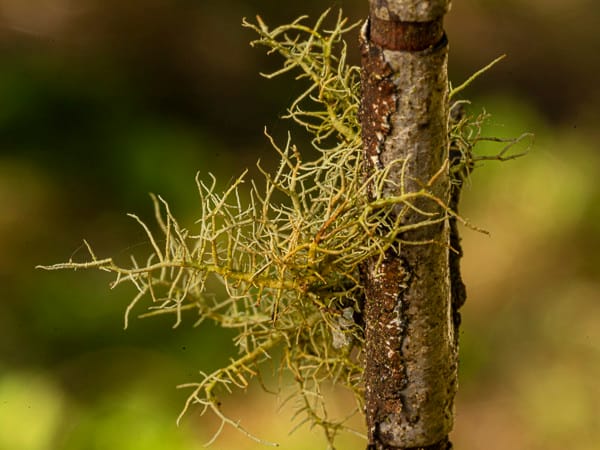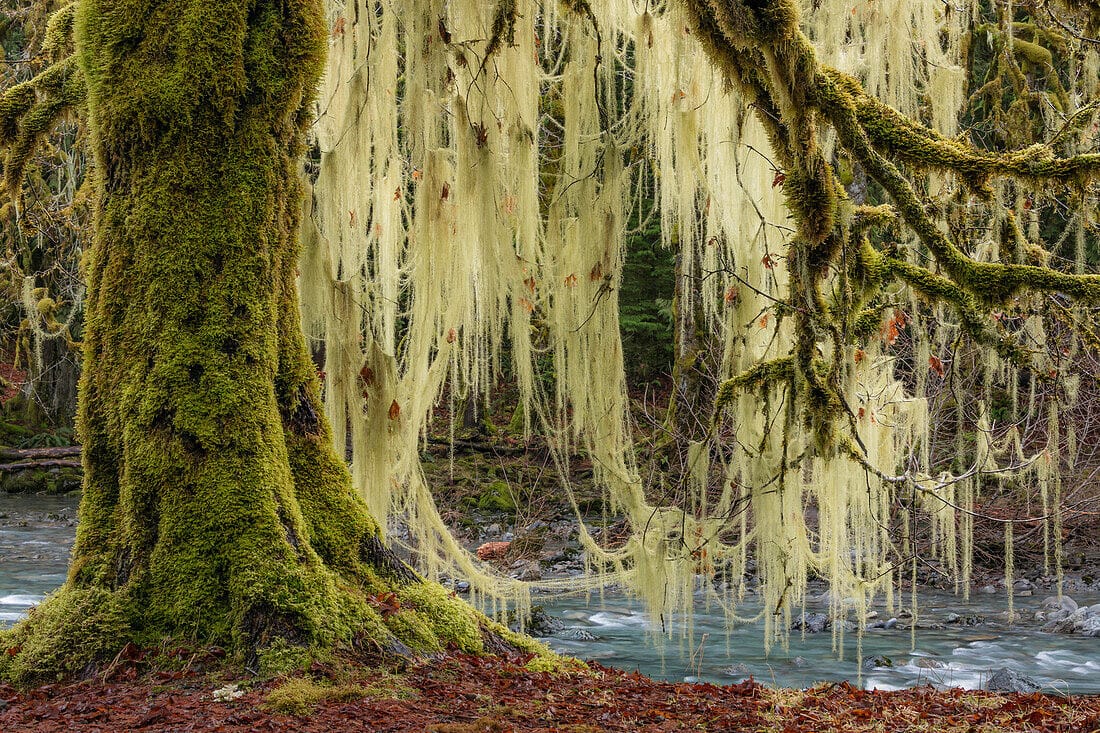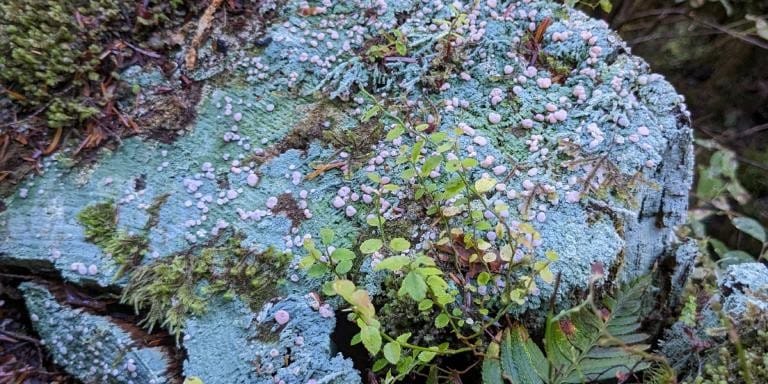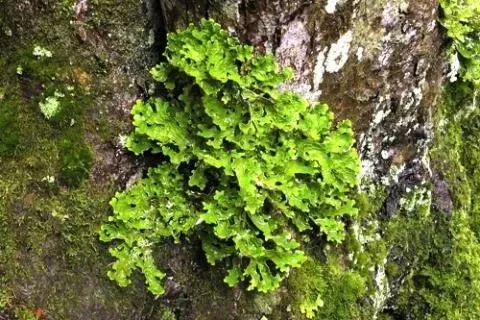The Wonders of Lichen in Washington
Often mistaken for moss or even paint, lichens are actually a fascinating partnership between a fungus and an alga

For those who enjoy hiking in Washington, the lush forests offer a breathtaking display of diverse flora. Among these wonders are lichens, often overlooked but fascinating organisms. While they may appear like simple moss or even paint, lichens are a complex partnership between a fungus and an alga or cyanobacteria. This symbiotic relationship allows both partners to thrive in environments they couldn't survive in alone, resulting in the vast variety of lichens found across Washington, from the coastlines to the mountain peaks.

One of the most striking aspects of lichens is their sheer diversity. Over 1,500 different species exist in the Pacific Northwest, with a range of shapes, colors, and textures. Hikers might encounter crustose lichens, forming vibrant patches on rocks and trees, or foliose lichens, resembling leafy sheets draped over branches. Keep an eye out for the "old man's beard" lichen (Usnea) which hangs from conifer trees like delicate strands of hair. These intriguing organisms contribute to the ecosystem in various ways. For instance, the Lobaria oregana species plays a crucial role in old-growth forests by absorbing nitrogen from the air and releasing it into the soil as it decomposes, acting as a natural fertilizer.

Lichens also serve as excellent indicators of environmental health. Some species, like Lungwort (Lobaria pulmonaria), are highly sensitive to air pollution and their presence signals clean air in the area. Conversely, the decline or absence of certain lichen species can be a warning sign of pollution or habitat degradation. Scientists have even used lichens to monitor climate change in regions like Antarctica. In Washington, researchers have identified over 30 lichen groups in remnant prairies, highlighting the importance of these organisms in diverse ecosystems.

As you hike through Washington's scenic landscapes, take a moment to appreciate the subtle beauty and ecological significance of lichens. Their intricate partnerships, vibrant colors, and sensitivity to the environment make them a fascinating subject of study. Whether you're exploring the temperate rainforests of Olympic National Park or the prairies of Mima Mounds, these often-overlooked organisms offer a glimpse into the interconnectedness of the natural world.